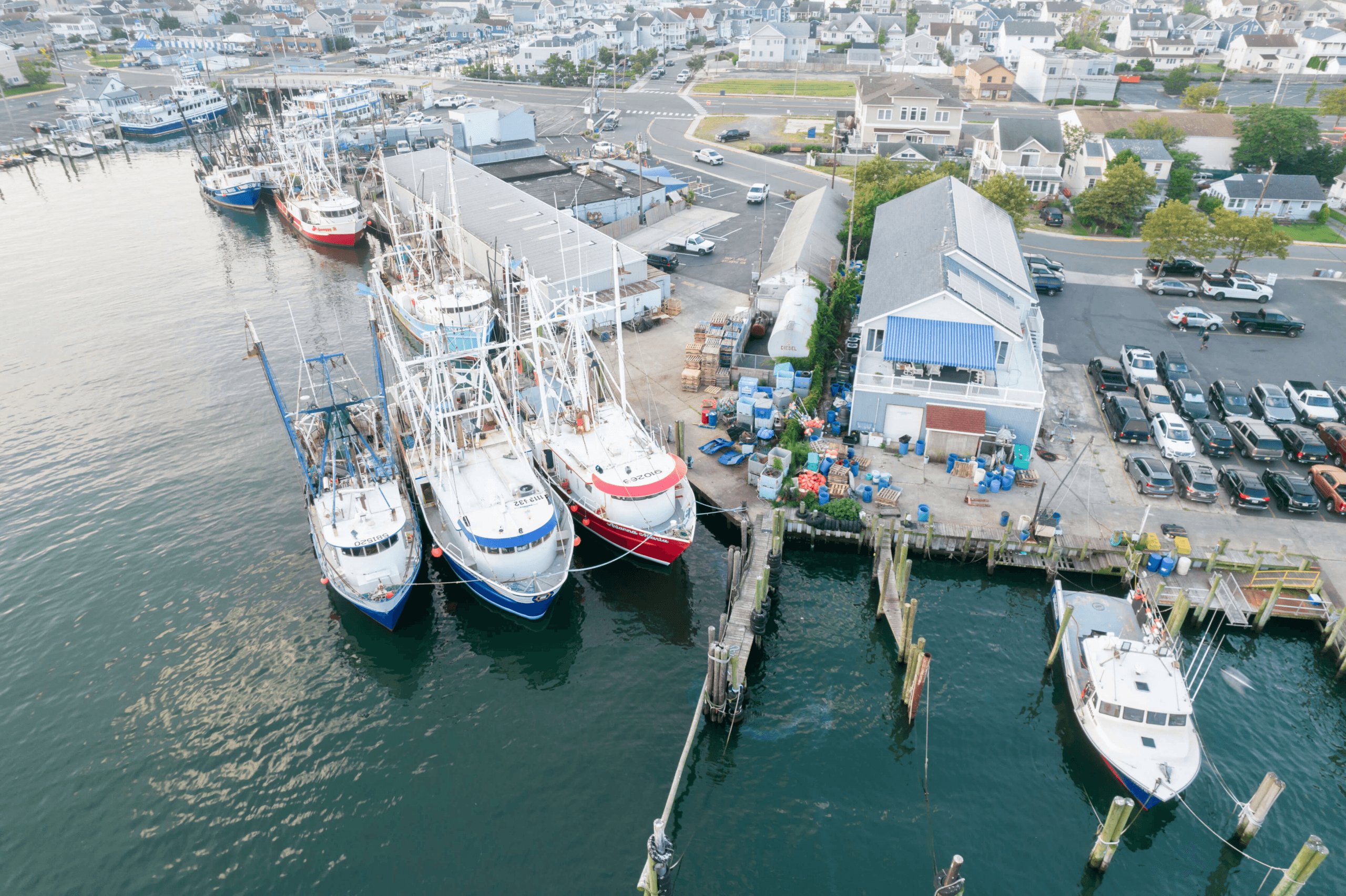OA Research Highlights Around the Region: Part 2

Overview
A Dynamic Pathway to Transition from Vulnerable to Resilient Fisheries Social Ecological Systems: A Transdisciplinary Case Study of the US Atlantic Sea Scallop Fishery
Dr. Samantha Siedlecki
Sustaining Chesapeake Bay Oyster Livelihoods in the Face of Ocean Acidification and Multiple Stressors: An Integrated Assessment of Social-Ecological Thresholds
Brian Katz
Examining Climate Change Impacts on York River Carbonate Chemistry and Oyster Growth
Catherine Czajka
Wild-n-wacky or bred-n-butter: are larvae from selectively-bred aquaculture broodstock more resilient to climate change than those from wild Eastern oysters, Crassostrea virginica?
Annie Schatz

Get Involved
If you are interested in learning more about MACAN and the work we do, please sign up for our monthly newsletter. You can also read our 2024 to 2028 Work Plan.

The Mid-Atlantic Coastal Acidification Network. All Rights Reserved.